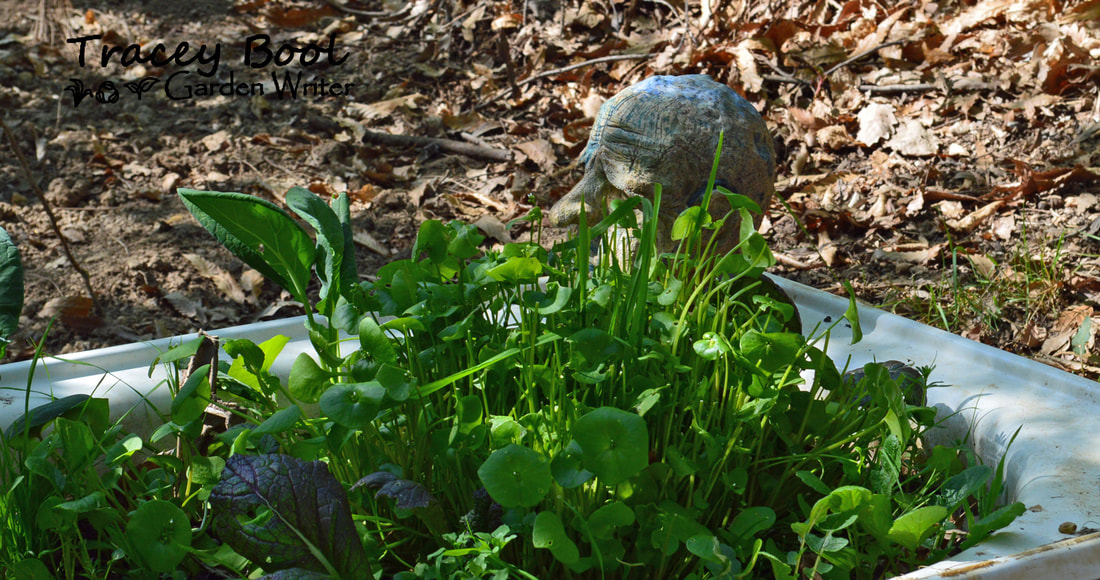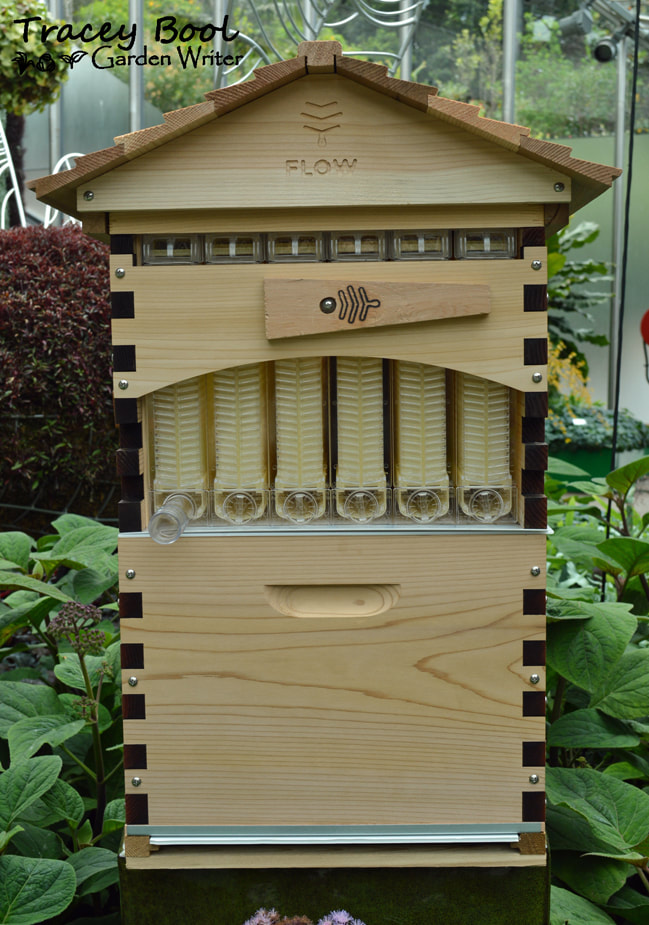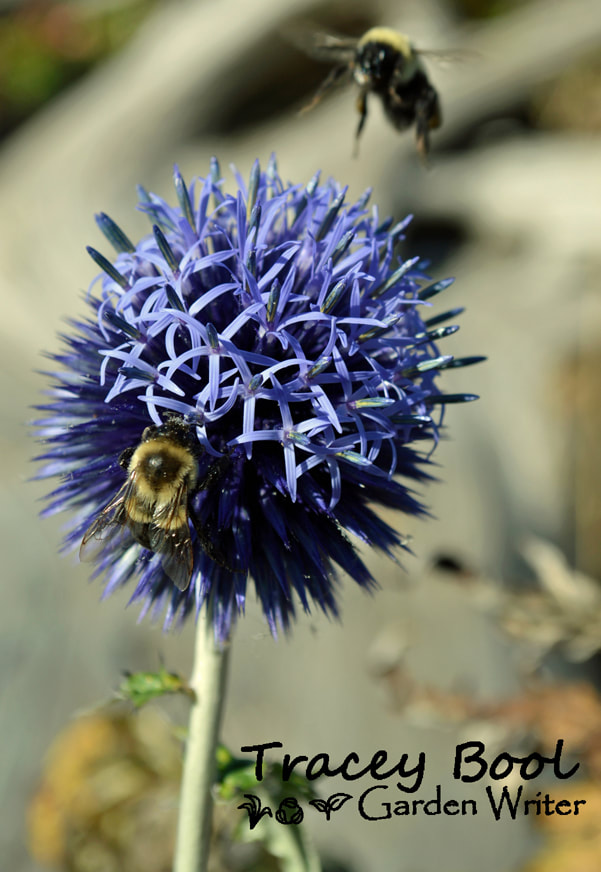|
Aquaponics and natural beekeeping in suburbia with Karen Dahl (26 April 2018) With a background of city living and permaculture design, Karen has a passion for conservation, maintaining plant diversity, and protection of heirloom plant varieties. Karen is also an advocate for getting people outdoors and engaging with nature, as she believes we will be more connected and proactive about our future and that of the world around us if we do. Karen suggests two ways of achieving this are through urban beekeeping and small-scale aquaponics; and that if everyone housed a beehive and aquaponics system in their backyard, balcony or apartment complex, they would have a better understanding of nature and be taking a significant step towards a more sustainable future. Aquaponics in suburbia Aquaponics is a form of compact gardening which utilises water, fish and continuously running water – a growing method which has potential regardless of the space you have to garden. Karen says aquaponics is growing plants for food and keeping beneficial pets, all in one. It is an exemplary education tool for children and adults alike. Peas, strawberries, lettuce, spinach, basil, and tomatoes are just a few of the productive crops which grow well in aquaponics systems. Karen says that aside from smaller-growing varieties of radish, root crops should be avoided. Interestingly, aquaponics uses significantly less water than soil-based growing methods. Not to mention that the refuse water is a fabulous built-in garden fertiliser. An aquaponics system can be housed inside with lighting and a heat source, or outside. Karen keeps her 3000 litre system containing trout outside, as there’s more space and it’s easier to maintain. It is also an invaluable food and water source for her beehives. Karen says it’s important to have a good quality, continually running pump, and a trough of adequate depth. Goldfish are a low-maintenance option for smaller systems and for those who are just starting out. Trout are also a popular choice if the system size is appropriate. Karen feeds her trout kangaroo meat and composting worms. There are also manufactured products readily available. Karen says aquaponics systems mimic nature and are not perfect, so go for a less sterile, more organic approach to maintaining them. Karen recommends Aquaponic Gardening: A Step-by-Step Guide to Raising Vegetables and Fish Together Sylvia Bernstein (2011, ISBN: 9780865717015) for those wanting to learn more about the subject. Natural Beekeeping in Suburbia Karen says natural beekeeping is a less invasive approach to beekeeping with minimal manipulation. The emphasis underpinning natural beekeeping is to preserve the pollination of crops and pollen/nectar rich weeds, and as a bonus, thoughtfully harvesting delectable honey for human consumption. One of the advantages of this method is the hive is better-preserved when obtaining honey, meaning the potential for increased bee numbers and hives. Karen stresses that it is becoming increasingly important for people to promote bee numbers and natural pollination due to the damaging effects of crop monoculture practices and the use of pesticides. She says if more households keep bees in suburbia and provide bee-friendly habitats, collectively we can make a significant difference. Karen shares the following tips tricks and interesting tidbits on beekeeping:
At the end of the day, regardless of whether you are a gardener or not, beekeeping in suburbia is a fun and rewarding pastime, which is of distinct benefit to these fascinating insects, and their custodians! |
|



